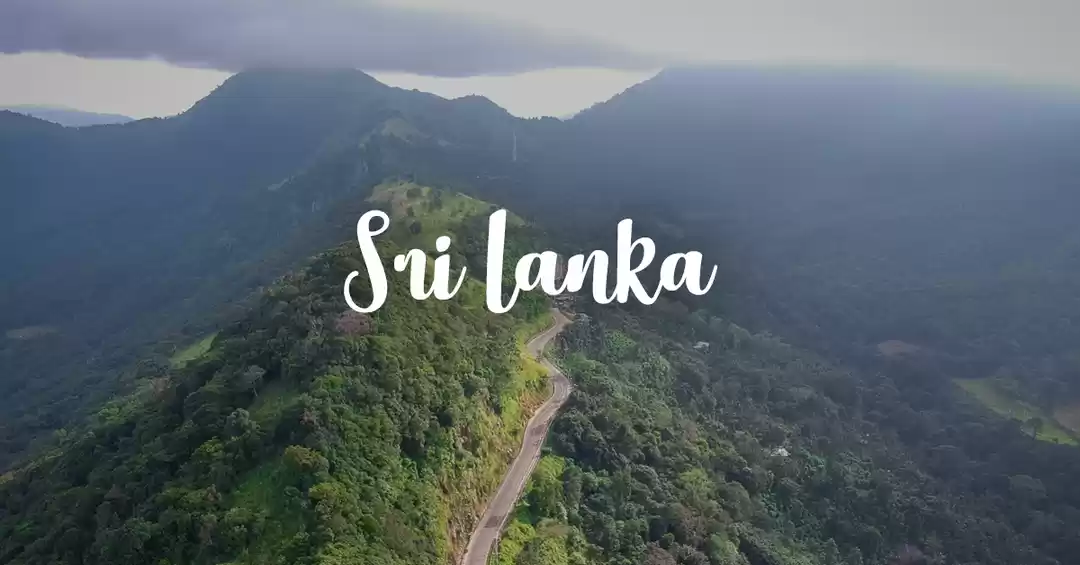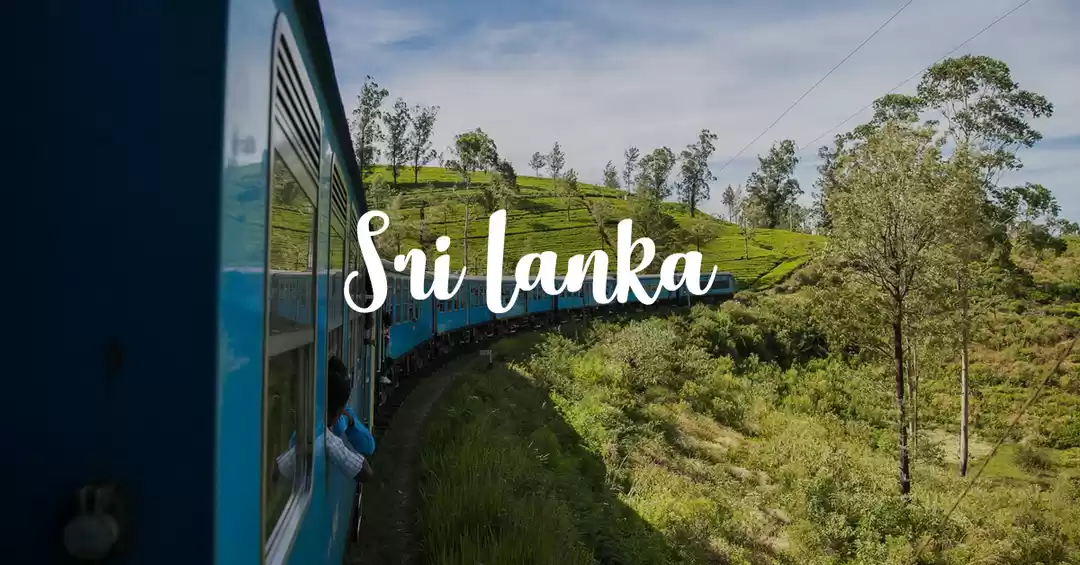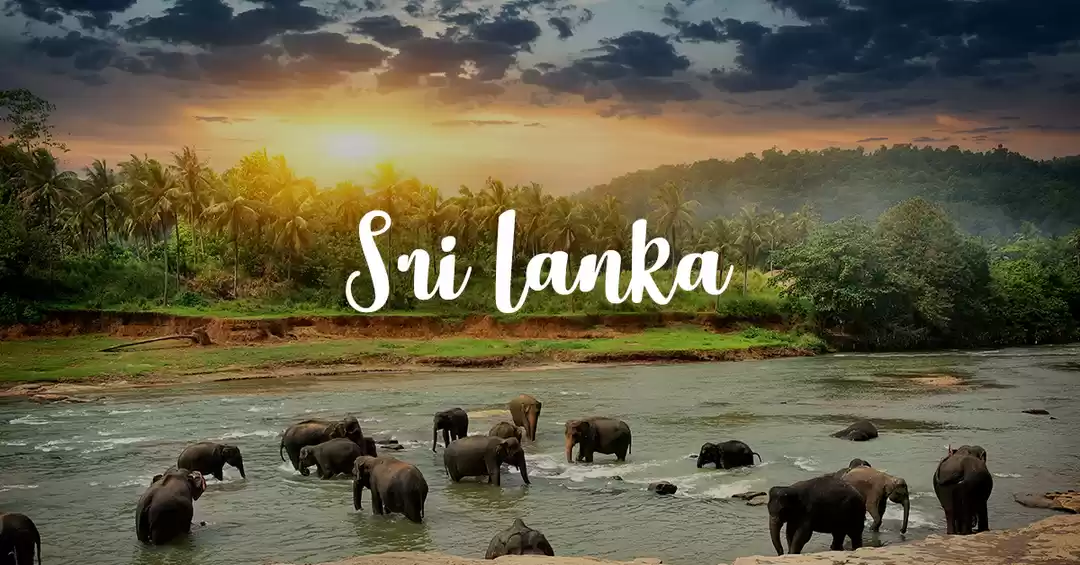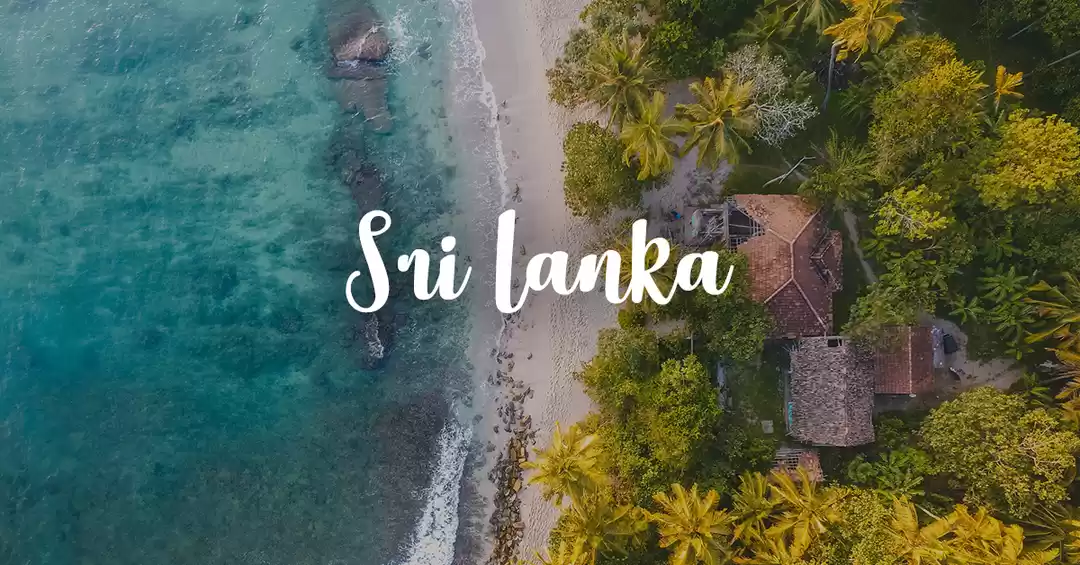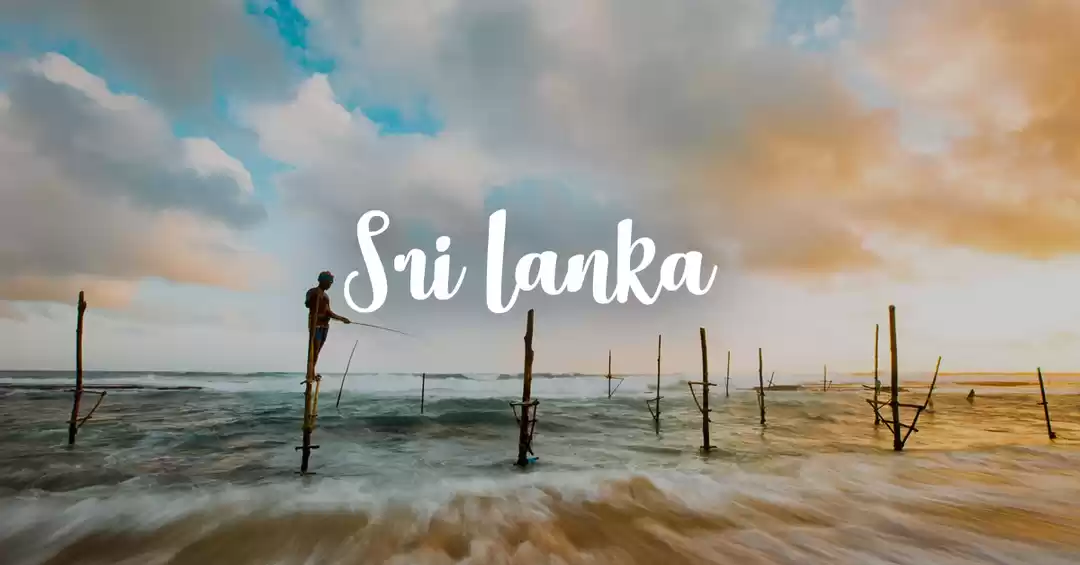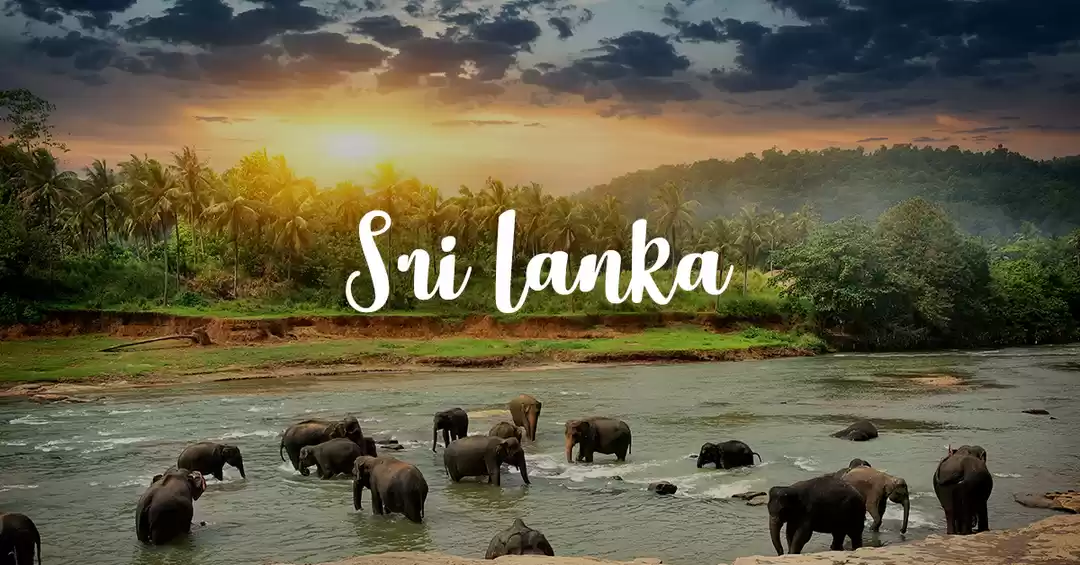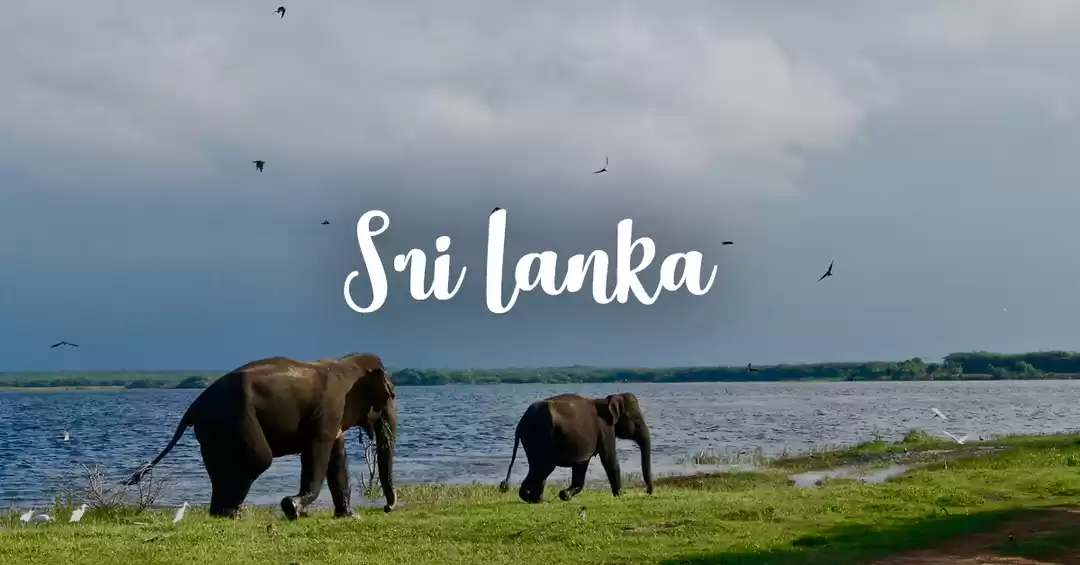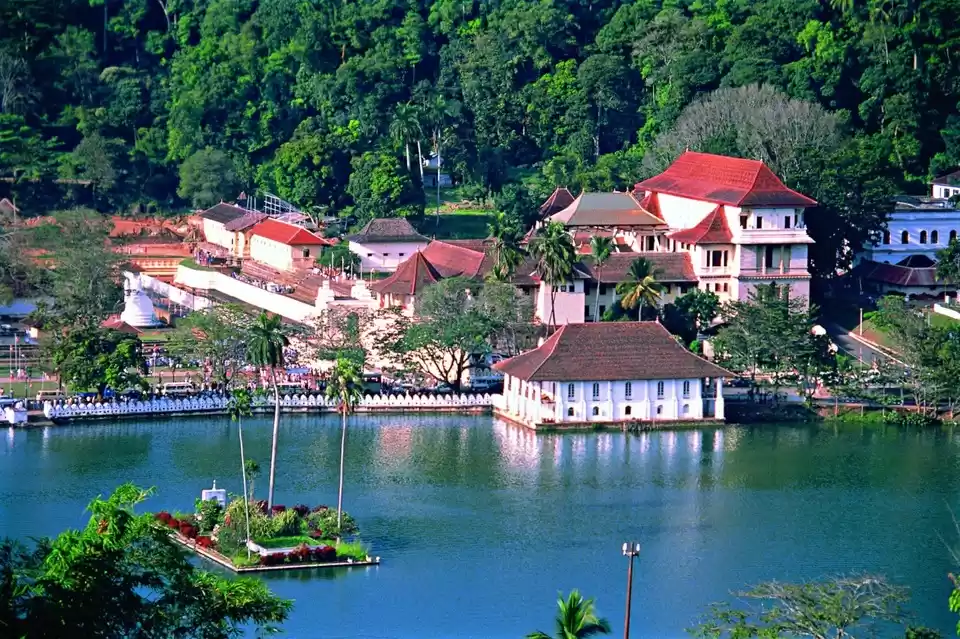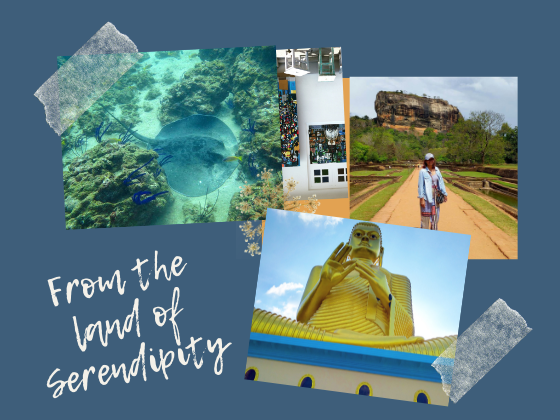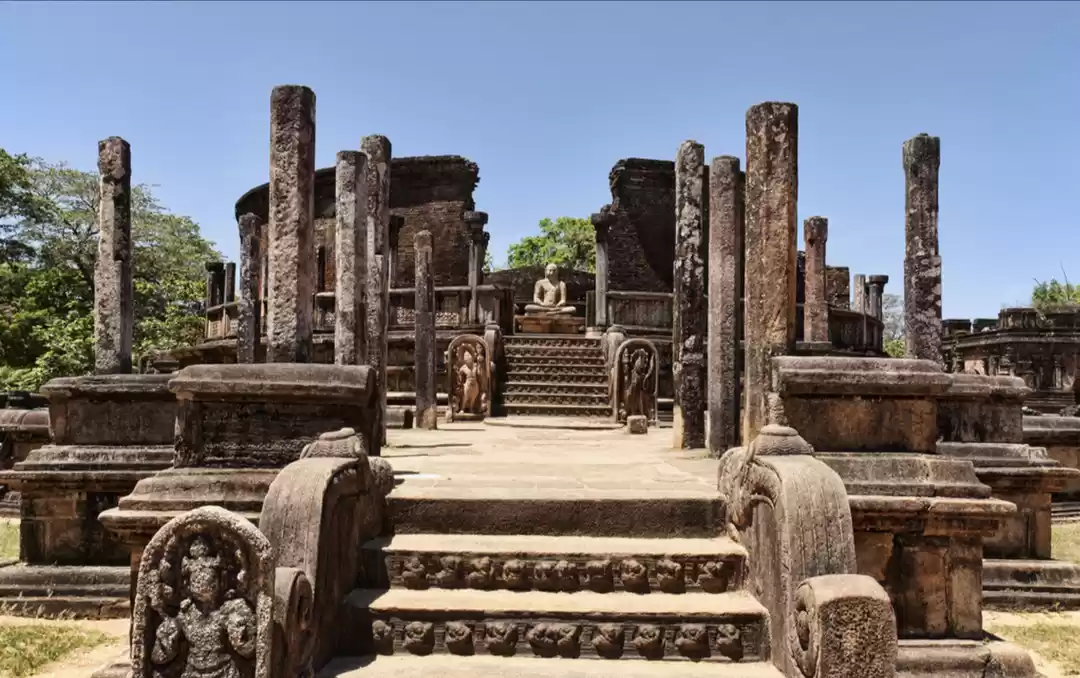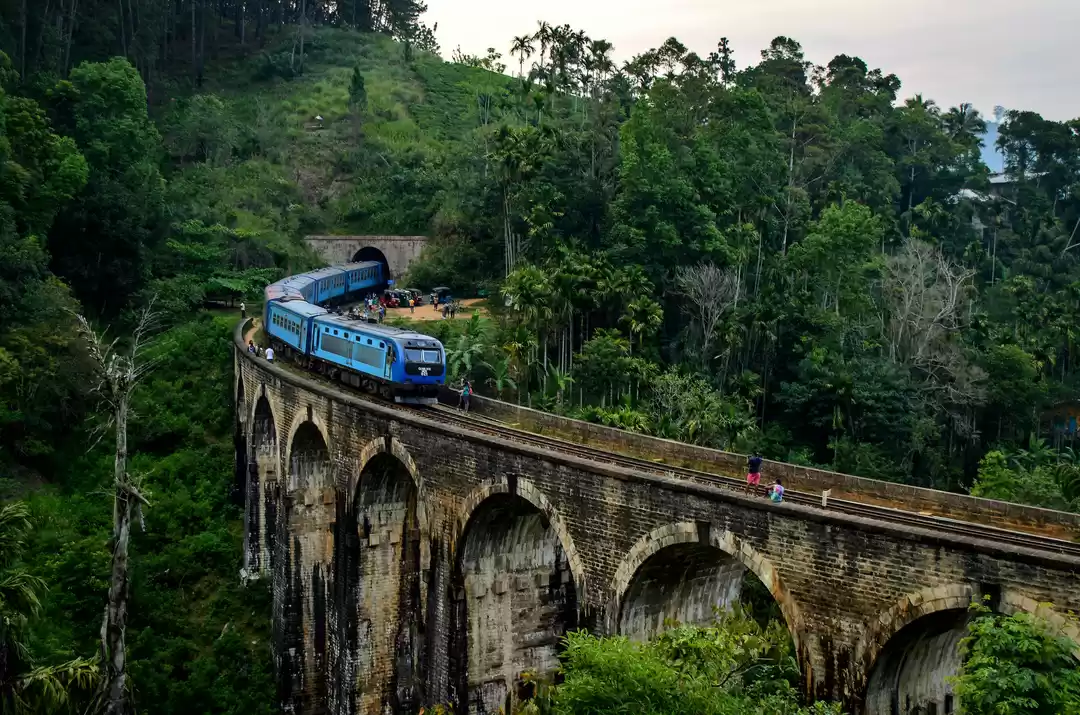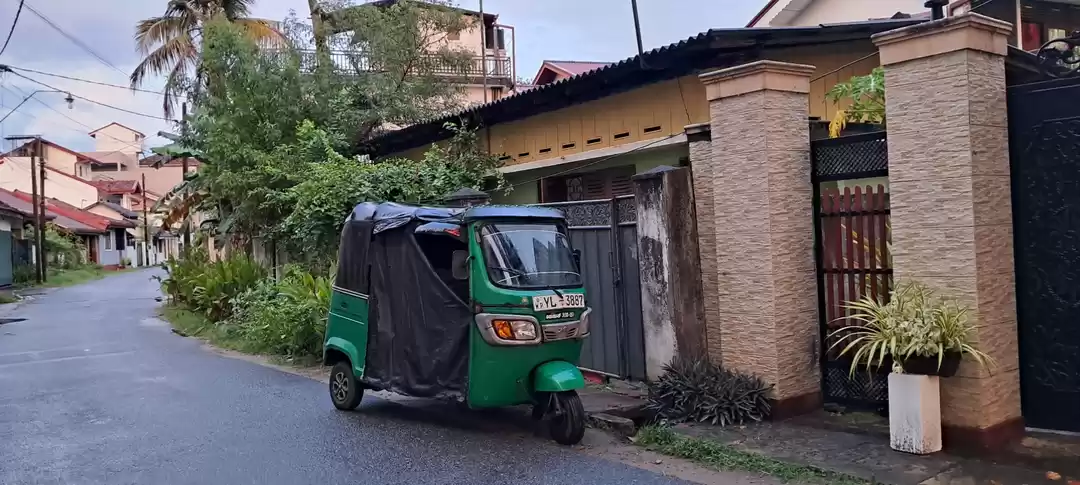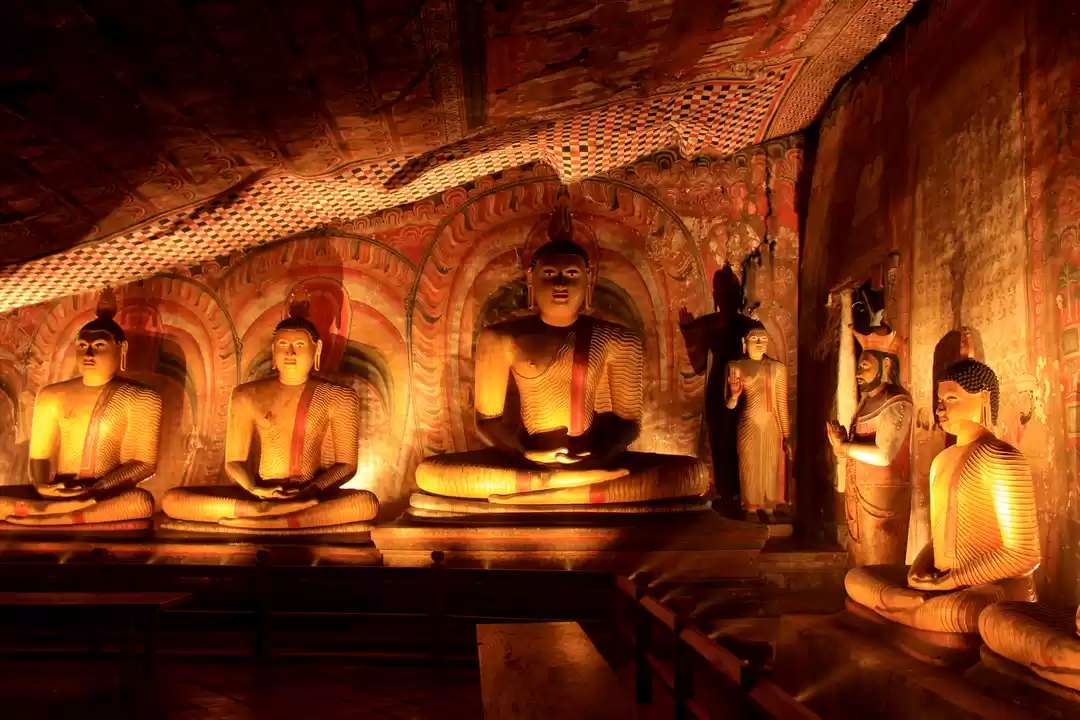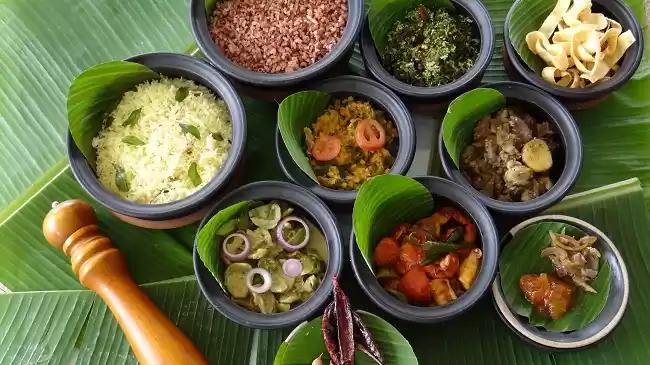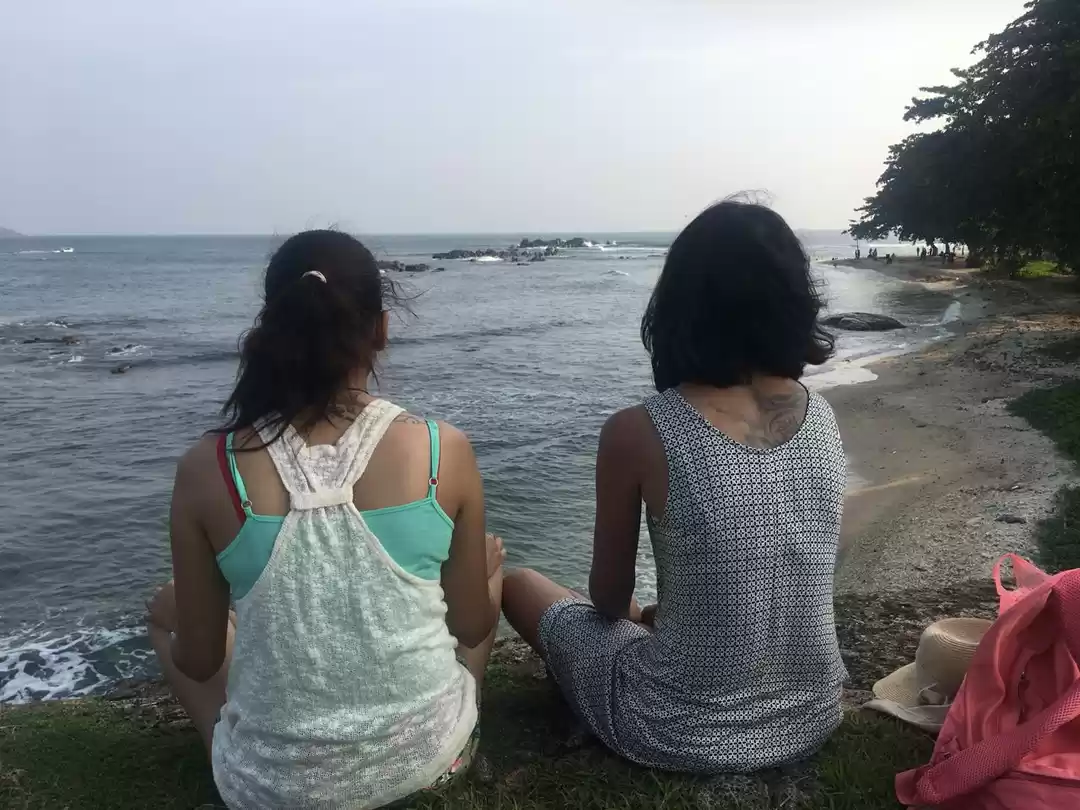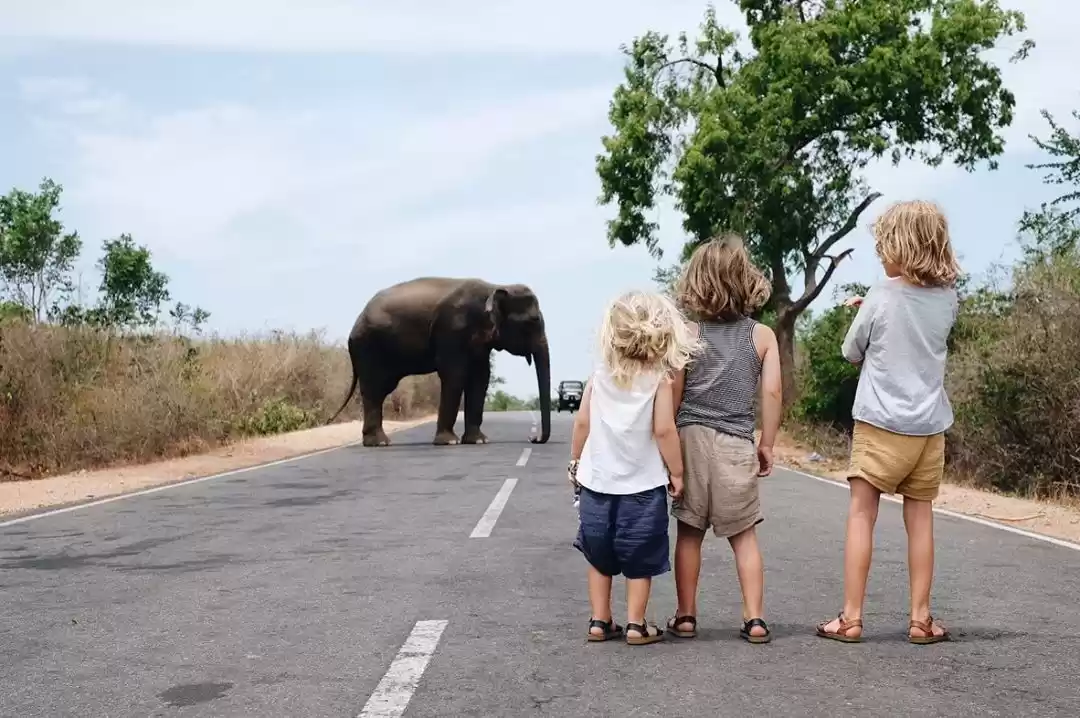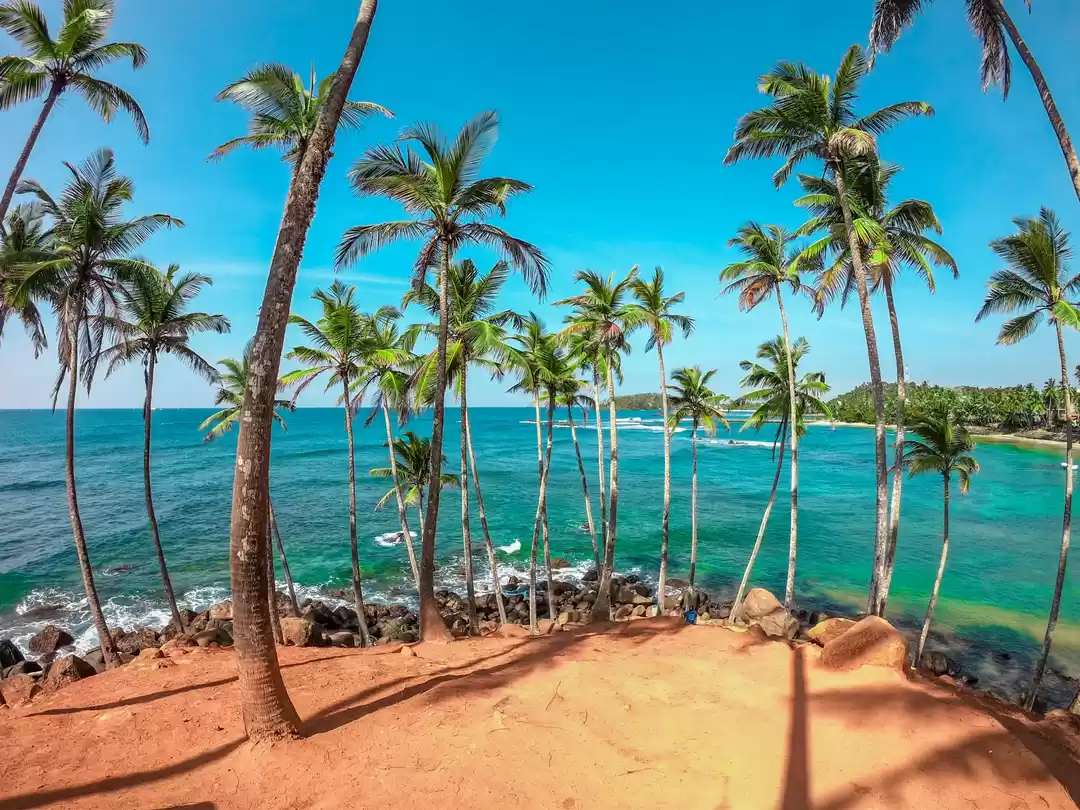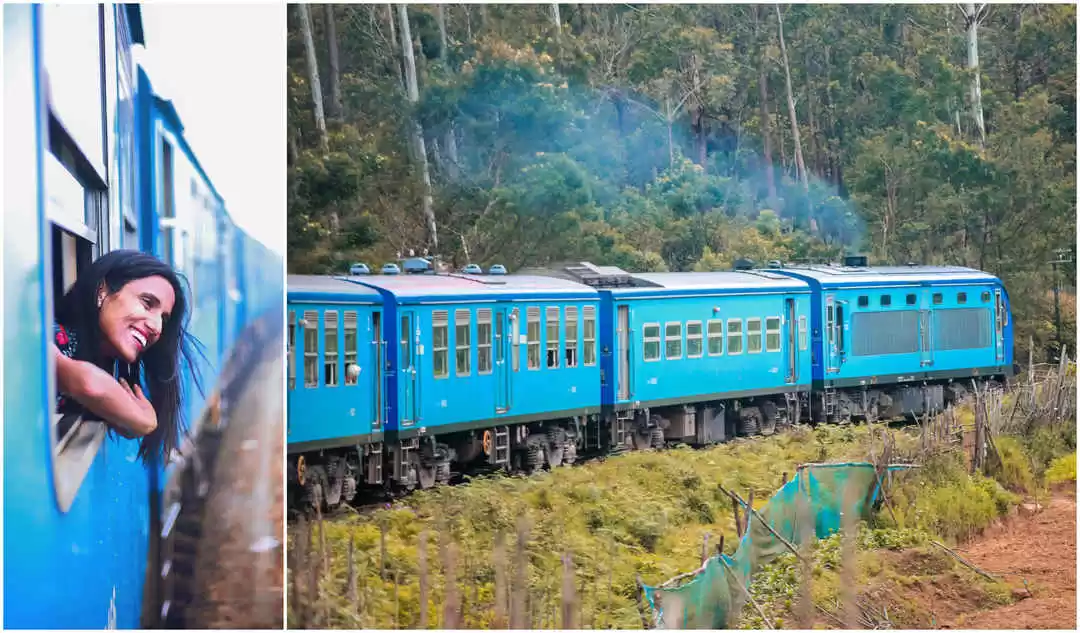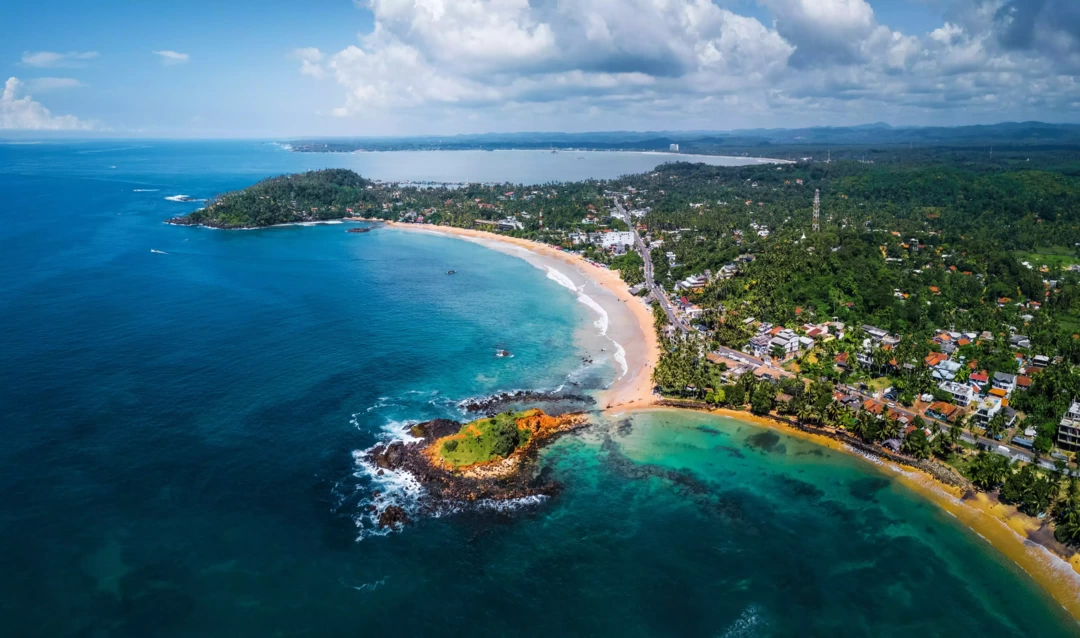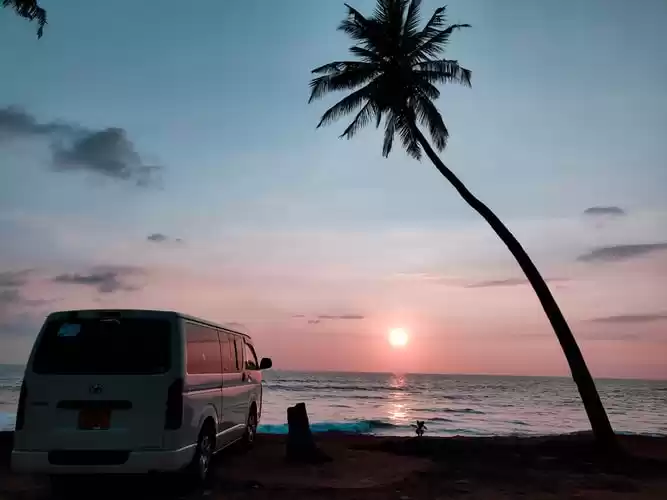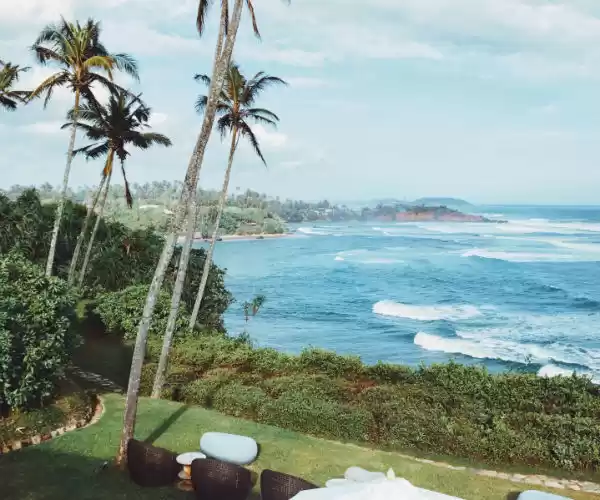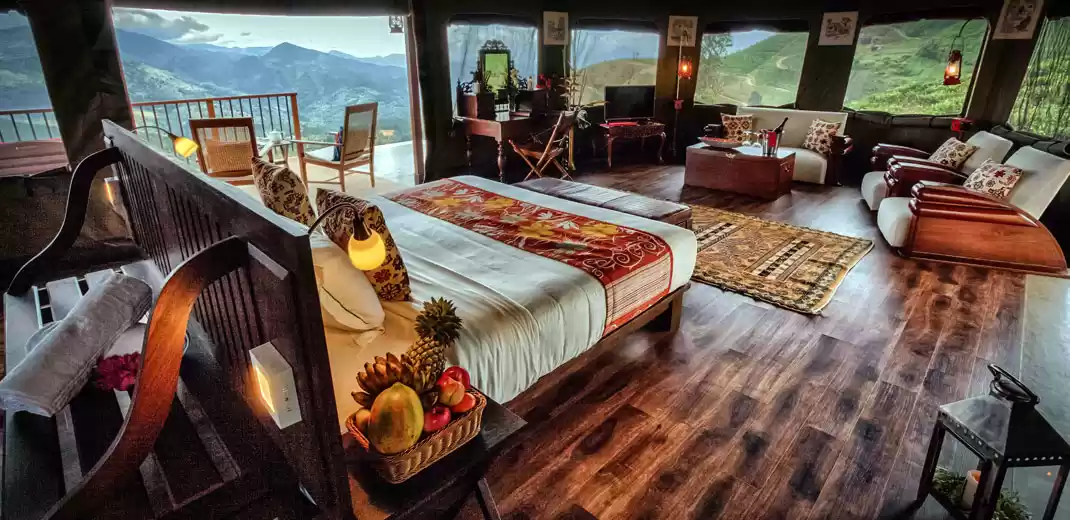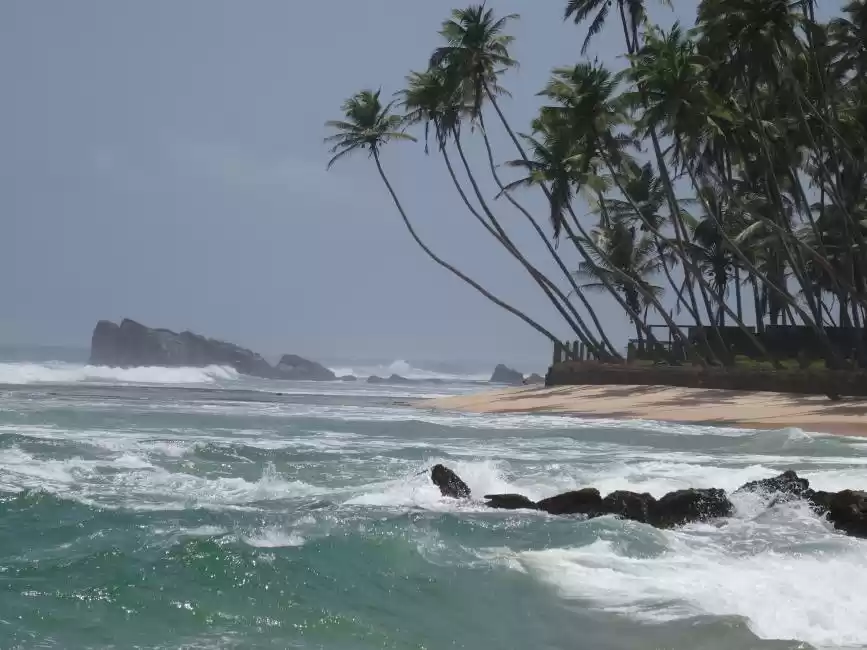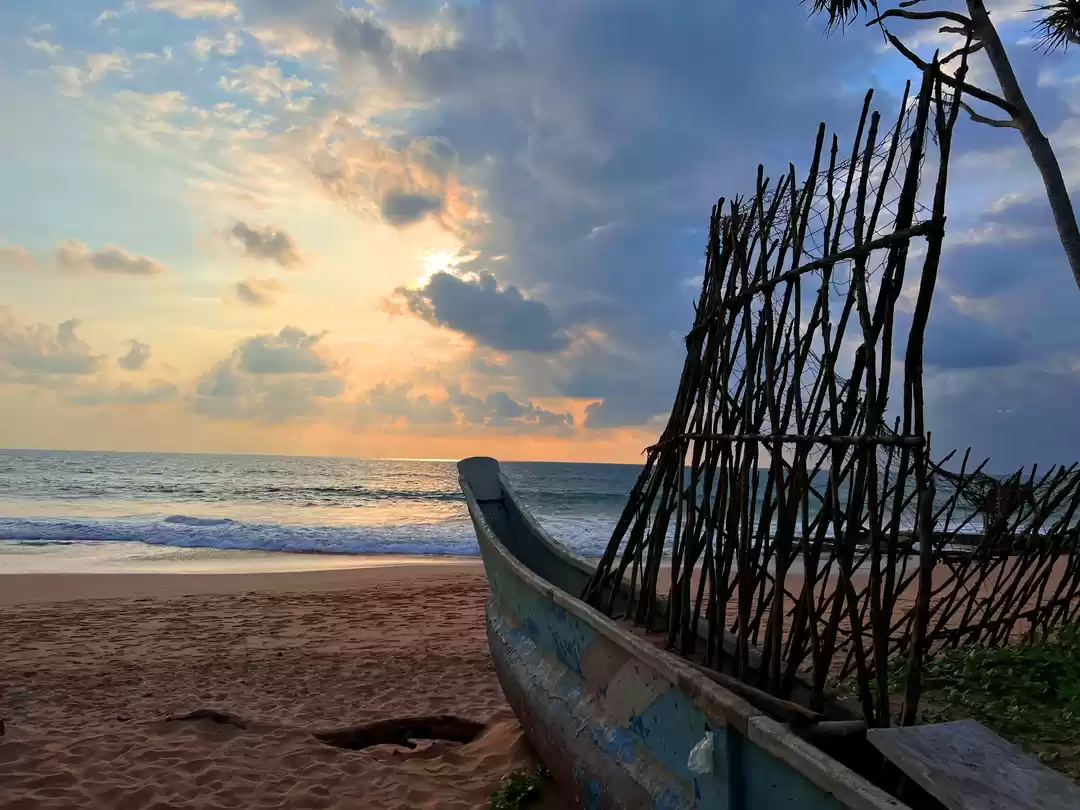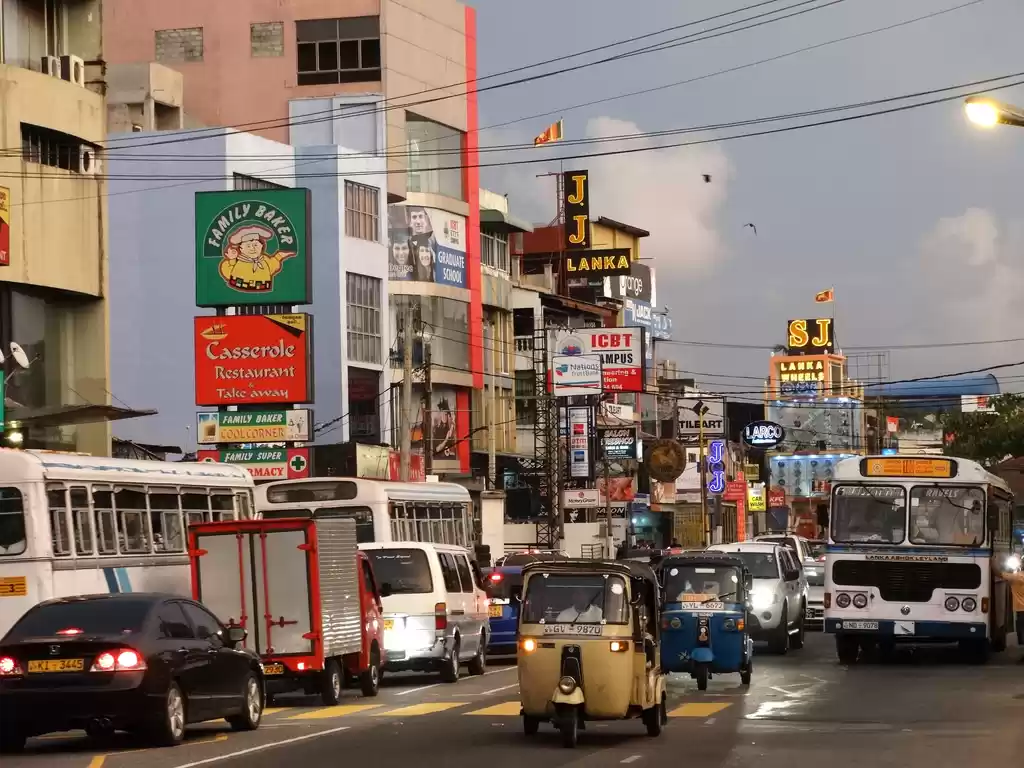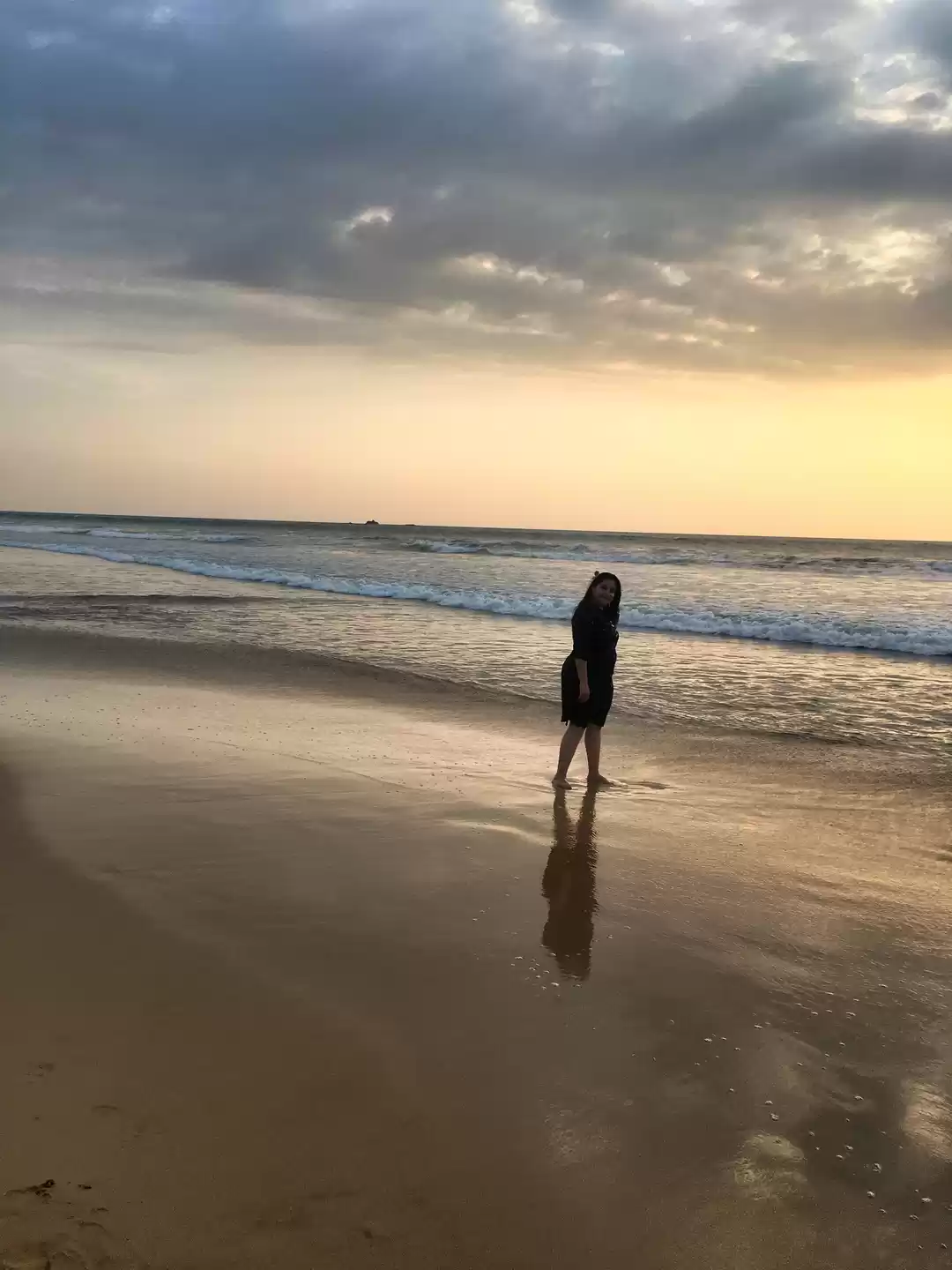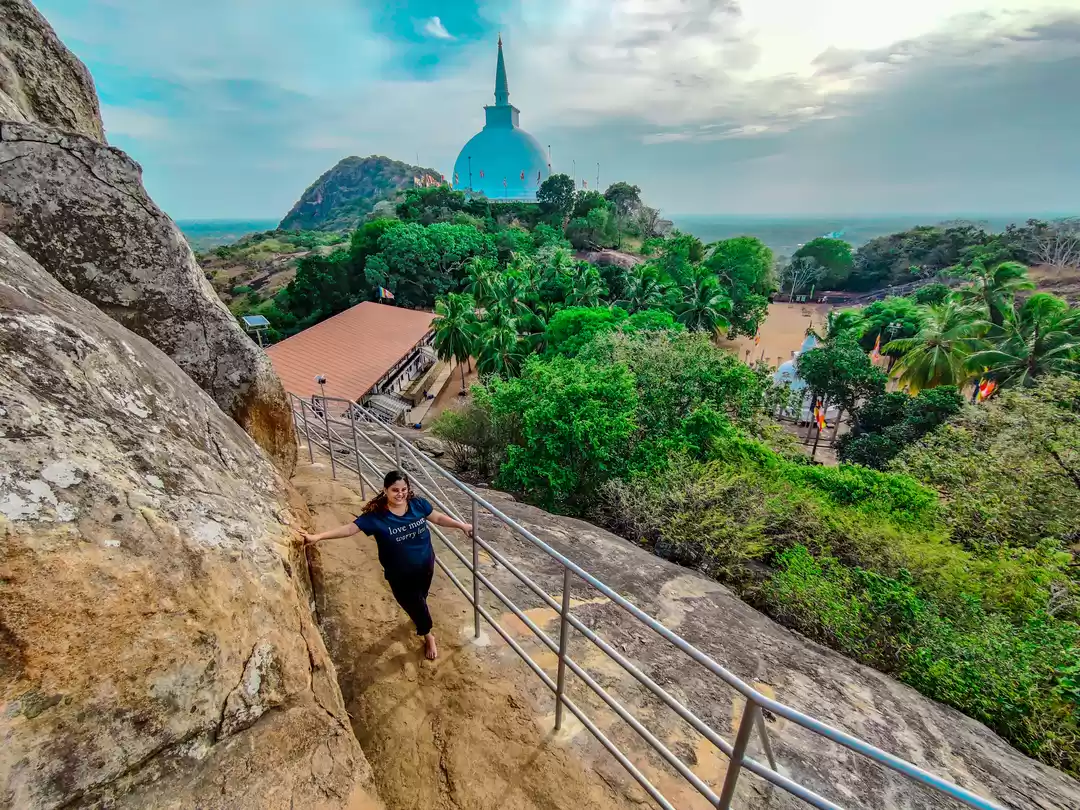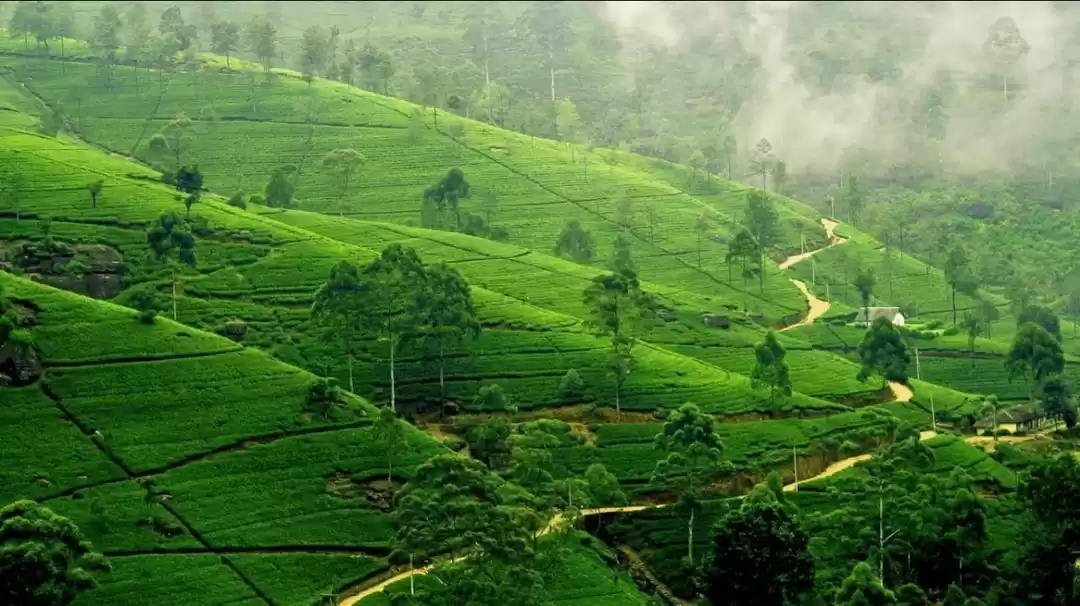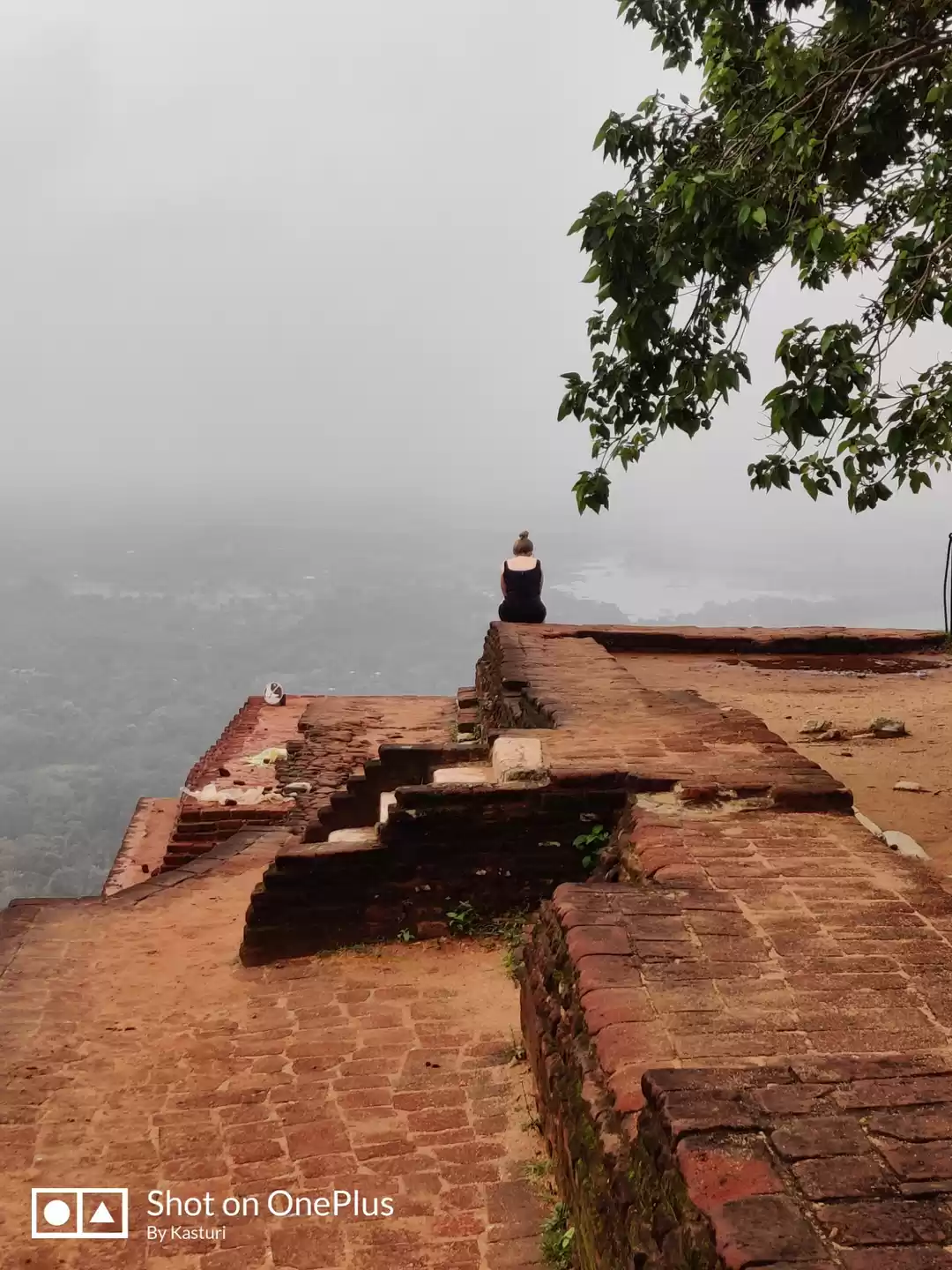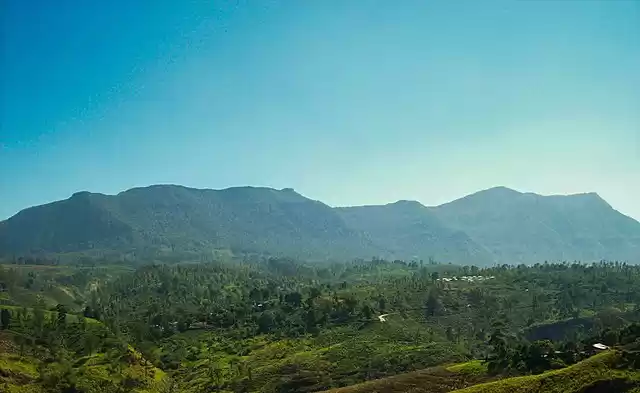






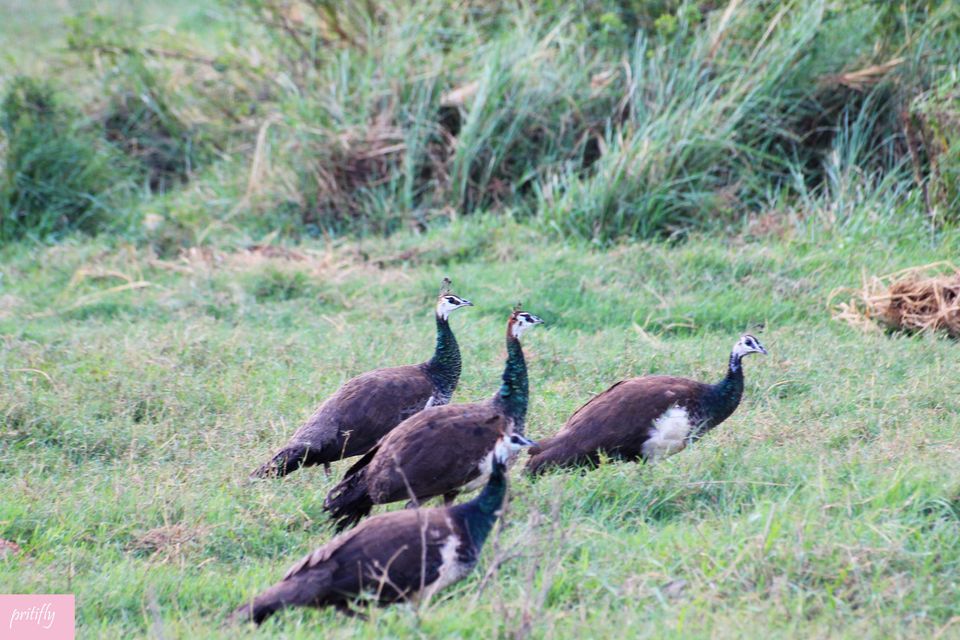





A thick blanket of clouds seemed to cover the island on our descent from the skies. The monsoons had just arrived over a week ago leading to turbulent weather, a shaky landing with little visibility made our touchdown to Colombo rather “memorable”- only in a not-so-nice-way! Thankfully all gloomy thoughts were dispelled on stepping out of the aircraft, replaced with an energy to explore each and every corner of this small nation that many call the Island of Serendipity.
Fast forward to 2013, I am happy to report that all seems well ( at least on the surface) in this country that is gearing up to be the “next big thing” in Tourism in South Asia. Not surprising why- Stunning natural coastlines on the east & west coast; Ancient Buddhist relics and temples dating back to the 3rd century BC; Diverse wildlife and national parks committed to protecting them; Historical buildings & forts that are a testament to the colonial influence of the Portuguese, Dutch & British; friendly laid back largely Buddhist citizens and finally delicious food. Sri Lanka seems to have all the tick(ed) marks for a winning holiday destination.
We started at Bentota Beach. Bentota beach was lovely. However there was no question of swimming out due to strong currents, we were happy to spend our evenings watching the sun go down in a deserted beach (being the off peak season) A short stop at the Bentota Sea- Turtle Rehabilitation center ( 15 minutes away from Amal Villas) is a must especially for those with children- you can take a peek at the endangered olive ridley turtles amongst others such as the odd green turtle that lost its flap.
A day trip to the lively Hikkaduwa beach is a must. Hikkaduwa was famous for its coral reef which was destroyed thanks to the 2004 tsunami. Its calm and turquoise waters make it an absolute delight to swim in. Hikkaduwa boasts of a lively nightlife with many beach shacks/ pubs playing live music and serving good seafood.
In Nuwaraeliya gentle green hills laden with tea bushes seem to stretch out as far as the eye can see. Old colonial buildings, the botanic gardens, streets with English names, large roundabouts & quaint cottages, have deservedly earned this town the rightful title of “New England” Did you know that Sri Lanka is now the world’s third largest exporter of tea? This is all mainly accounted by tea produced in this region. One can’t help but fall in love with the “old world charm” of this town.
We stayed a little further out at the Heritance Tea factory( which I recommend seeing putting aside the nightmare of check out with rude and arrogant managers) the hotel in itself is an institution- a working tea factory surrounded by nothing but tea estates.
A back breaking 300km or 10 hour journey bought us to a tiny village in the east coast of Sri Lanka. Up until 2009, Passikudah was in the hands of the Tamil Tiger rebels having been completely cut off from the rest of the world. Today Passikudah is tipped as being Sri Lanka’s answer to the upscale Nusa Dua with luxury 5 star properties already dotting the beach which many (including me) consider to be one of the best in Sri Lanka. Powdery white sands, gentle turquoise waters allowing you to swim up to a kilometer in & fantastic coral reef( destroyed closer to shore unfortunately) makes this a top draw. Visit now before it also gets commercially exploited. There is no nightlife to speak off so dinners are mainly restricted to the resorts.
Minneriya National Park is known across the country as having the highest number of elephants in the wild, it is said that in the dry months of August and September, visitors have seen herds of over 200 elephants gather in the lake at dusk. I considered myself lucky to a) spot a male tusker, usually very shy and hardly seen b) to see an elephant descend into the lake and splash itself with water and c) See two herds of 20 something elephants. Minneriya National Park is known across the country as having the highest number of elephants in the wild, it is said that in the dry months of August and September, visitors have seen herds of over 200 elephants gather in the lake at dusk. I considered myself lucky to a) spot a male tusker, usually very shy and hardly seen b) to see an elephant descend into the lake and splash itself with water and c) See two herds of 20 something elephants.
An evening visit to the ancient city of Polonnaruwa is a must. This is Sri Lanka’s second oldest city( after Anuradhapura) created during the reign of King Parikrambahu in the 12th century. It was declared a UNESCO World Heritage site as it still contains near- intact ancient buildings set in a grid like layout of what was once a glorious city.
No visit to Sri Lanka is complete without a visit to the “Lion Rock” Sigiriya and Cave temple of Dambulla that form part of the cultural triangle. Sigirya was declared a UNESCO World Heritage site forming the best example of ancient urban planning. The frescoes in the caves of the rock date back to the 3rd century BC were said to have been inhabited and painted by monks.
Dambulla is famous for its cave temples carved beneath a massive hanging rock. The rock standing tall at 150m is said to be a place of worship dating back to 1st century BC( when the frescoes were painted) The shrines within the temple are a classic example of 18th century art from SriLanka, Kandy.
Frequent Searches Leading To This Page:-
Best Sri Lanka tour packages with price, Sri Lanka tourism best time to visit, Sri Lanka tour package for couple, Top things to do in Sri Lanka, Weekend getaways near Sri Lanka













